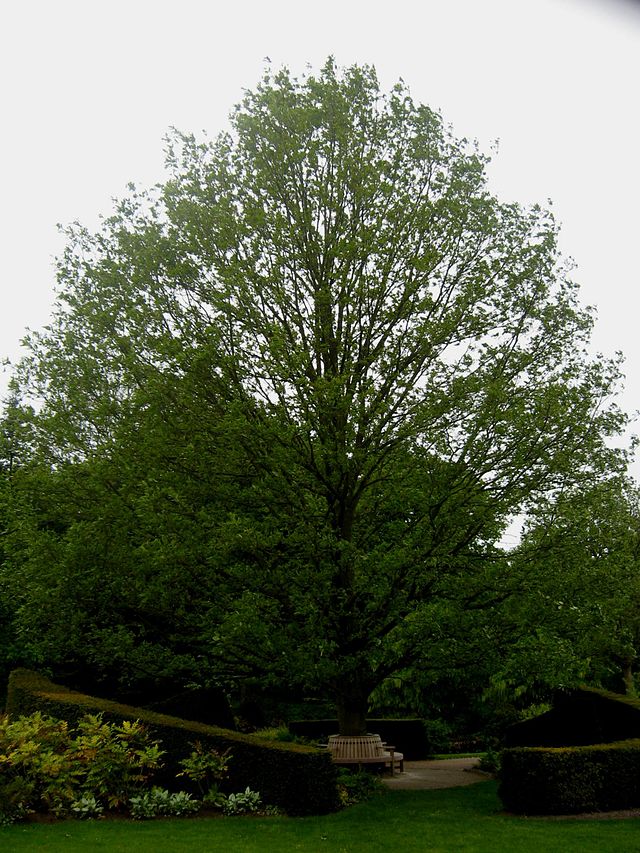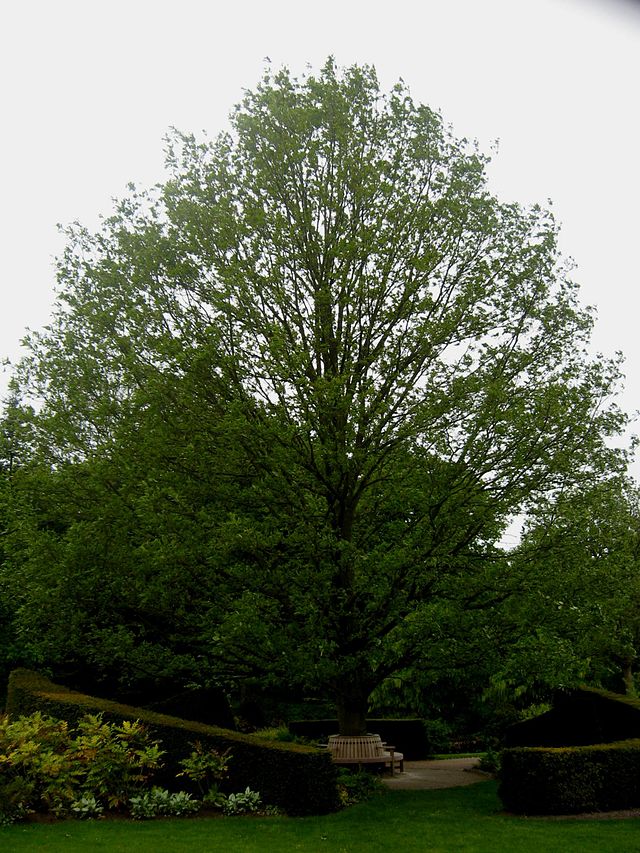Quercus castaneifolia
Quercus castaneifolia
Couldn't load pickup availability
Common Name:
Chestnut-Leaved Oak
Description:
Quercus castaneifolia, commonly known as the Chestnut-Leaved Oak, is a large, majestic deciduous tree admired for its chestnut-like foliage and impressive stature. Native to the Caucasus and northern Iran, this oak features long, serrated, glossy green leaves that resemble those of a sweet chestnut (Castanea). In autumn, the foliage turns beautiful shades of yellow and bronze, providing seasonal interest before shedding for winter. The tree produces acorns with distinctive, scaly cups that serve as a valuable food source for wildlife.
This fast-growing and highly adaptable oak thrives in a variety of soil types, including clay and sandy soils, and tolerates both drought and occasional wet conditions. It prefers full sun and develops a broad, spreading canopy, making it an excellent shade tree for large gardens, parks, and avenue plantings. Due to its strong structure and resistance to pests and diseases, it is a great choice for long-lived, low-maintenance landscapes.
Form:
- Tree - Large
Mature Size:
- Height: 20–30 m
- Width: 15–20 m
Aspect:
- Full Sun
Flowering:
- Flowers in Spring (Inconspicuous)
Flower Colour:
- Greenish-Yellow (Catkins)
Key Attributes:
- Strong Shade Provider
- Fast-Growing
- Drought Tolerant (once established)
- Wildlife Attracting (birds, squirrels)
- Suitable for Large Gardens and Parks
- Disease Resistant
- Deciduous
Toxicity:
- Not known to be toxic to humans or pets.
Companion Plants:
- Acer platanoides (Norway Maple)
- Liquidambar styraciflua (Sweet Gum)
- Carpinus betulus (European Hornbeam)
- Betula pendula (Silver Birch)
- Nyssa sylvatica (Tupelo)

Enter Your Postcode Below & Click 'Check' To See Delivery cost To Your Area
- Choosing a selection results in a full page refresh.
- Opens in a new window.

